Description
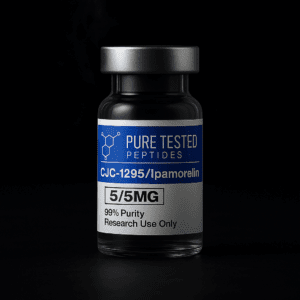
Ipamorelin and CJC‑1295 belong to a class of peptide compounds known as growth‑hormone secretagogues (GHSs), meaning they prompt the pituitary to release growth hormone without being growth‑hormone‑releasing hormones themselves.
**Ipamorelin** – This is a five‑amino‑acid peptide (sequence Aib‑His‑D‑2‑Nal‑D‑Phe‑Lys‑NH₂) derived from the early growth‑hormone‑releasing peptide GHRP‑1. Research indicates that ipamorelin selectively activates the ghrelin/growth‑hormone secretagogue receptor, leading to a dose‑dependent rise in growth hormone release. Because of its selectivity, ipamorelin does not appreciably affect other pituitary hormones such as ACTH or cortisol, and it has therefore been described as one of the first “selective” growth‑hormone secretagogues.
**CJC‑1295** – This peptide consists of 29 amino acids and is essentially a modified form of the first 29 residues of the native growth‑hormone‑releasing hormone (GRF 1‑29). Structural changes (commonly four amino‑acid substitutions) increase its stability and allow it to bind plasma proteins; when a drug‑affinity complex (DAC) moiety is attached, the peptide’s half‑life can extend to about eight days. Without the DAC, CJC‑1295 retains a short half‑life (around 30–60 minutes). Regardless of formulation, CJC‑1295 acts as a growth‑hormone‑releasing hormone analogue: it binds GHRH receptors in the pituitary and triggers pulsatile growth‑hormone release.
Both peptides therefore fall under the umbrella of GHSs and have been studied for similar outcomes—namely, stimulating endogenous growth‑hormone production—yet they differ markedly in size and pharmacokinetics. Ipamorelin is a small pentapeptide that acts through the ghrelin (GHS) receptor; CJC‑1295 is a larger 29‑residue GHRH analogue whose stability can be tailored via DAC to produce either short‑ or long‑acting formulations. These structural distinctions explain why ipamorelin has a relatively brief half‑life, while CJC‑1295 (especially with DAC) produces a more prolonged elevation of circulating growth hormone.

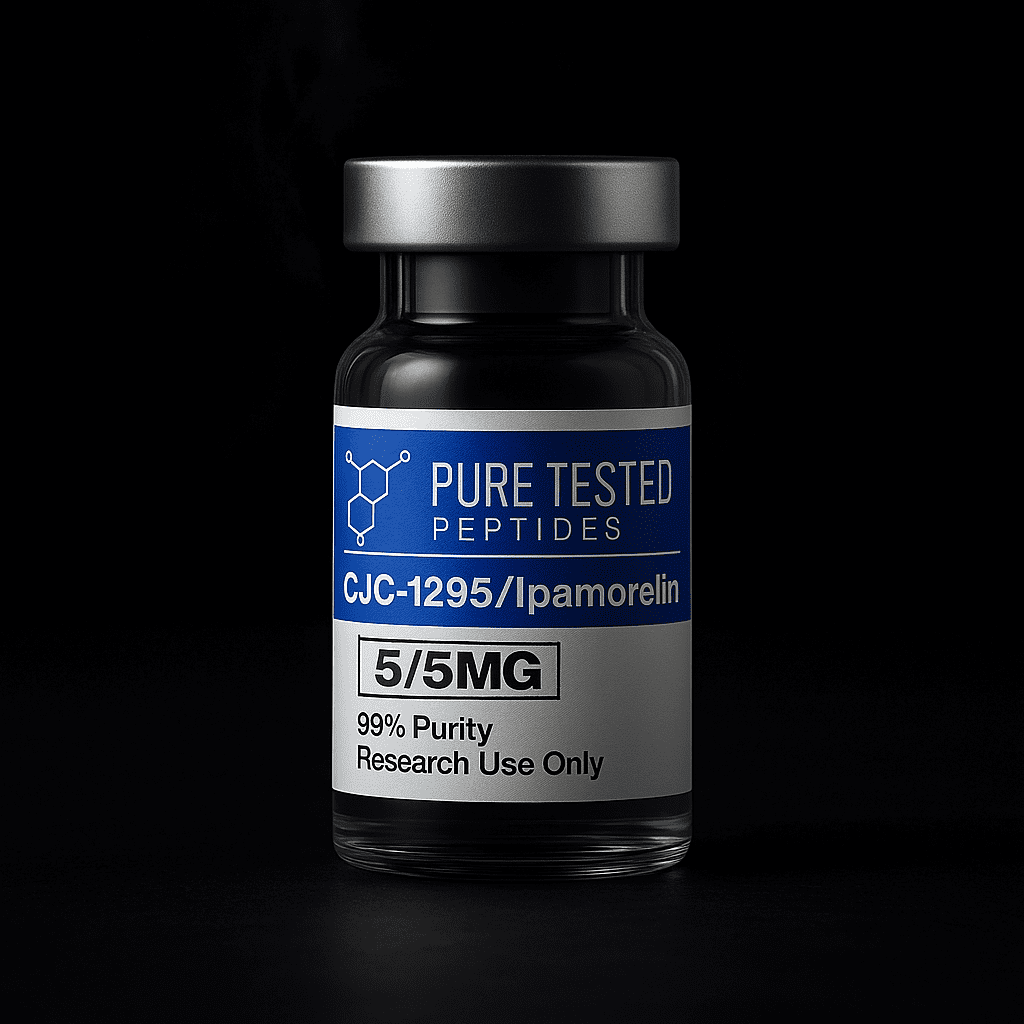

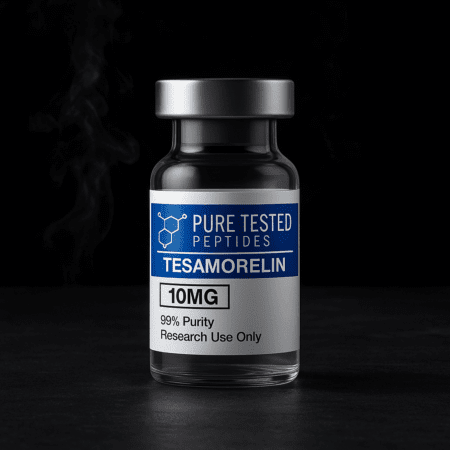

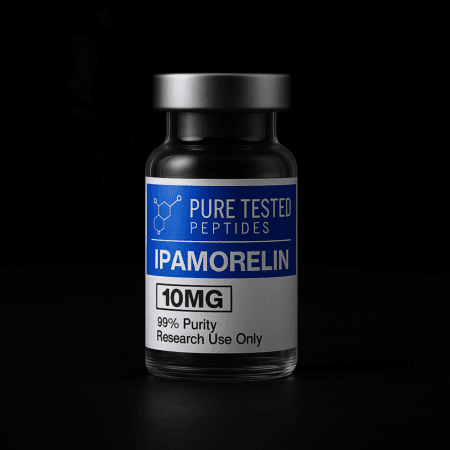
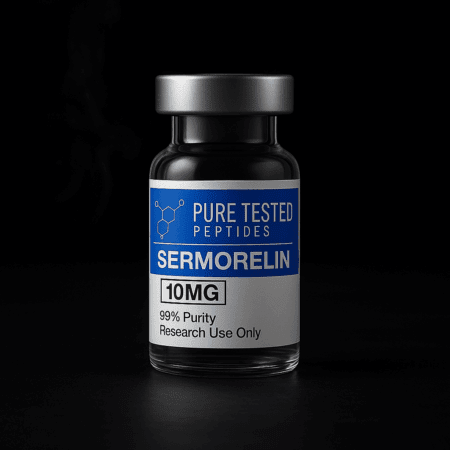


Reviews
There are no reviews yet.